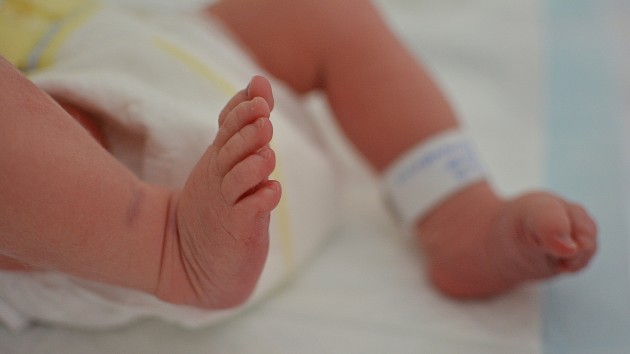smrm1977/iStockBy ELLA TORRES, ABC News(NEW YORK) — Infant mortality rates across the United States declined from 2000 to 2017, a trend attributed to fewer women giving birth in their teens, according to a study published Thursday by the Centers for Disease Control and Prevention.However, Black and Hispanic women experienced infant mortality at double the rate of white women.The U.S. infant mortality rate declined from 6.89 deaths per 1,000 births in 2000 to 5.79 in 2017, according to the study, which looked at all infant deaths in the country where the death certificate could be matched to the infant’s birth certificate.The age at which a woman gives birth “impacts the overall infant mortality rate because the risk of an infant death varies by maternal age,” the study noted.Infants born to women under age 20 and at 40 and over have the highest mortality rates, according to the study.Preterm births and low birthweight, both associated with mortality, are more common for infants born to the youngest and oldest mothers.The decline in women giving birth earlier was true for women of the three races that were examined: Black, white and Hispanic.Nearly 20% — 19.8% to be exact — of Black Women who gave birth in 2000 were under the age of 20 — this decreased to 7.5% in 2017. That number was still double the rate of white women.Black women aged 20 to 24 who gave birth also declined from 32.6% in 2000 to 26.8% in 2017.In 2000, 8.7% of white women who gave birth were under age 20. That number dropped by more than half, to 3.7%, in 2017.The percentage of white women aged 20 to 24 giving birth also declined from 22.2% in 2000 to 17.4% in 2017.Of the Hispanic women who gave birth in 2000, 16.2% were under the age of 20. Yet by 2017, that number dropped by about half to 7.8% — a number still double that of white women.The percentage of Hispanic women aged 20 to 24 also declined, from 30.3% in 2000 to 24.4% in 2017.However, women were more likely to be pregnant in their late 20s and older and, in particular, births have increased among women aged 40 and over.Changes in other factors, such as maternal education and cigarette smoking during pregnancy, may have indirectly resulted in age-specific mortality rates. Copyright © 2020, ABC Audio. All rights reserved.












